Companies that deal with aerodynamic and hydrodynamic processes are highly prone to solid, liquid, or gaseous hazards caused as a byproduct of the chemical interactions occurring in their plants. Therefore, different fluid properties such as pressure, velocity, drag, etc., are required to be monitored and controlled persistently to prevent disasters in such facilities. Vapor cloud explosion is one such mishap that can be caused by the accidental release of flammable fluids in the air.
What Can Cause Vapor Cloud Explosions?:
Typically, when a significant amount of flammable or combustible gas escapes a process, mixes with the air, and gets ignited, it causes a cloud-like explosion. It causes wide-scale destruction as the cloud quickly spreads through any airgaps available. The most common causes of vapor cloud explosion incidents include:
How CFD Analysis Helps Prevent Vapor Cloud Explosions
Computational Fluid Dynamics (CFD) is the simulative study of fluid flows in any dynamic system using numerical solution methods before the system is designed. Here, various fluid dynamic properties and physical laws are calculated in the form of partial differential equations. This allows one to gain accurate design suggestions for building a process plant dealing with specific flammable fluids.
CFD solvers are professionals who specialize in measuring all required quantities of fluid in a particular space and timeframe. The data acquired through CFD analysis helps create a foolproof structural design that can prevent vapor cloud explosions and many such flammable fluid accidents in aerodynamic and hydrodynamic facilities.
Here are the three stages that are typically followed to perform CFD analysis in India:
Pre-Processing Stage
A discrete computer model of the space being analyzed is created with initial boundary conditions and ideal flow of fluids.
Solving Stage
A team of CFD solvers puts their minds together to define and resolve various problem statements that represent specific disaster phenomena.
Post-Processing Stage
The obtained results are verified and represented in layman formats like pictures, graphs, or tables. Though much data is accumulated through CFD analysis, manual tests are still needed to ensure complete safety after structural design. At Techniche Engineering, we have helped many hydrodynamic companies obtain optimal safety standards through CFD analysis in India. Our team of CFD solvers and other safety experts work to provide comprehensive safety solutions for such disaster-prone organizations. If you’re looking for CFD analysis services for your plant processes, reach out to our experts to know how we can help.









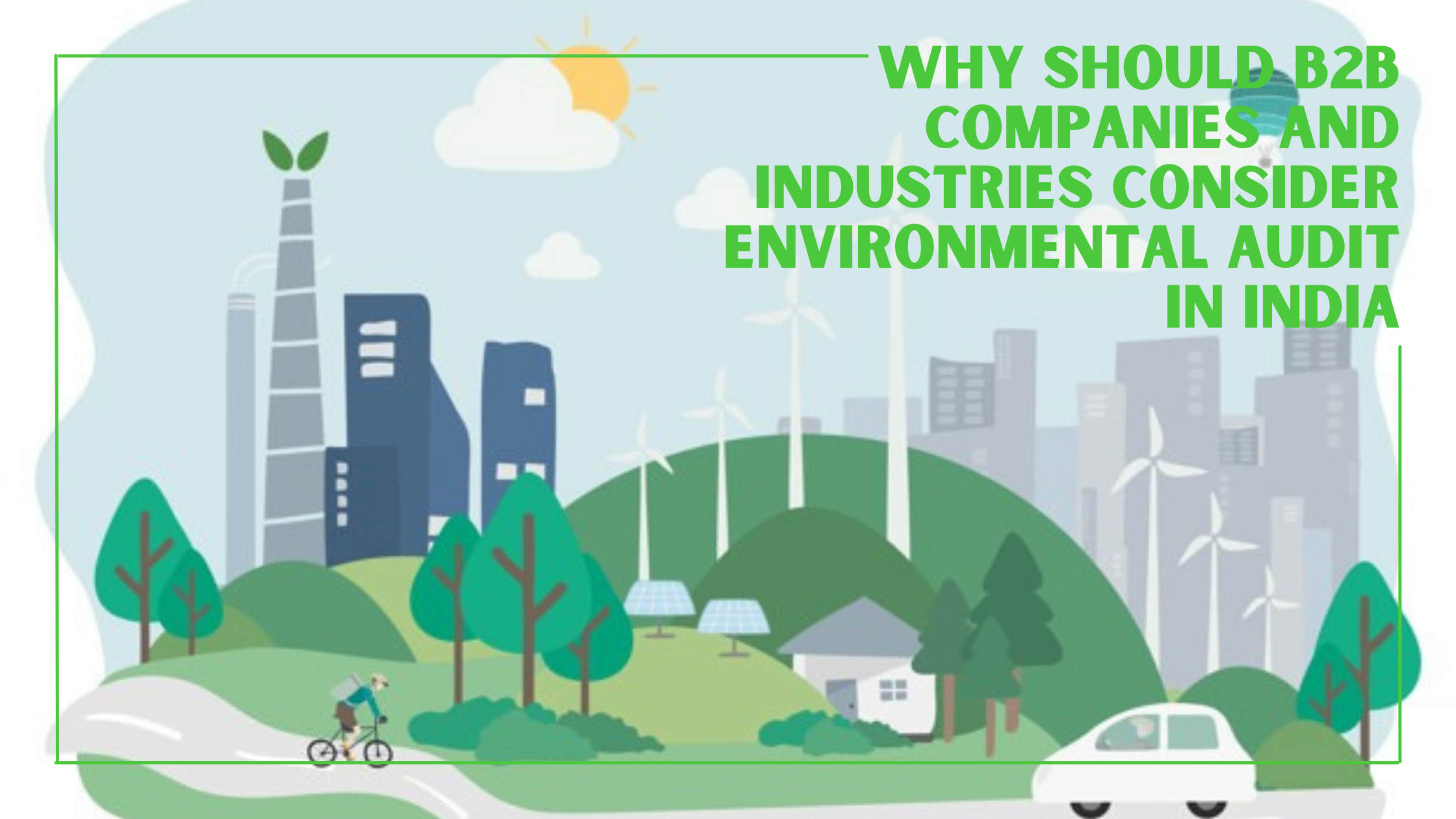
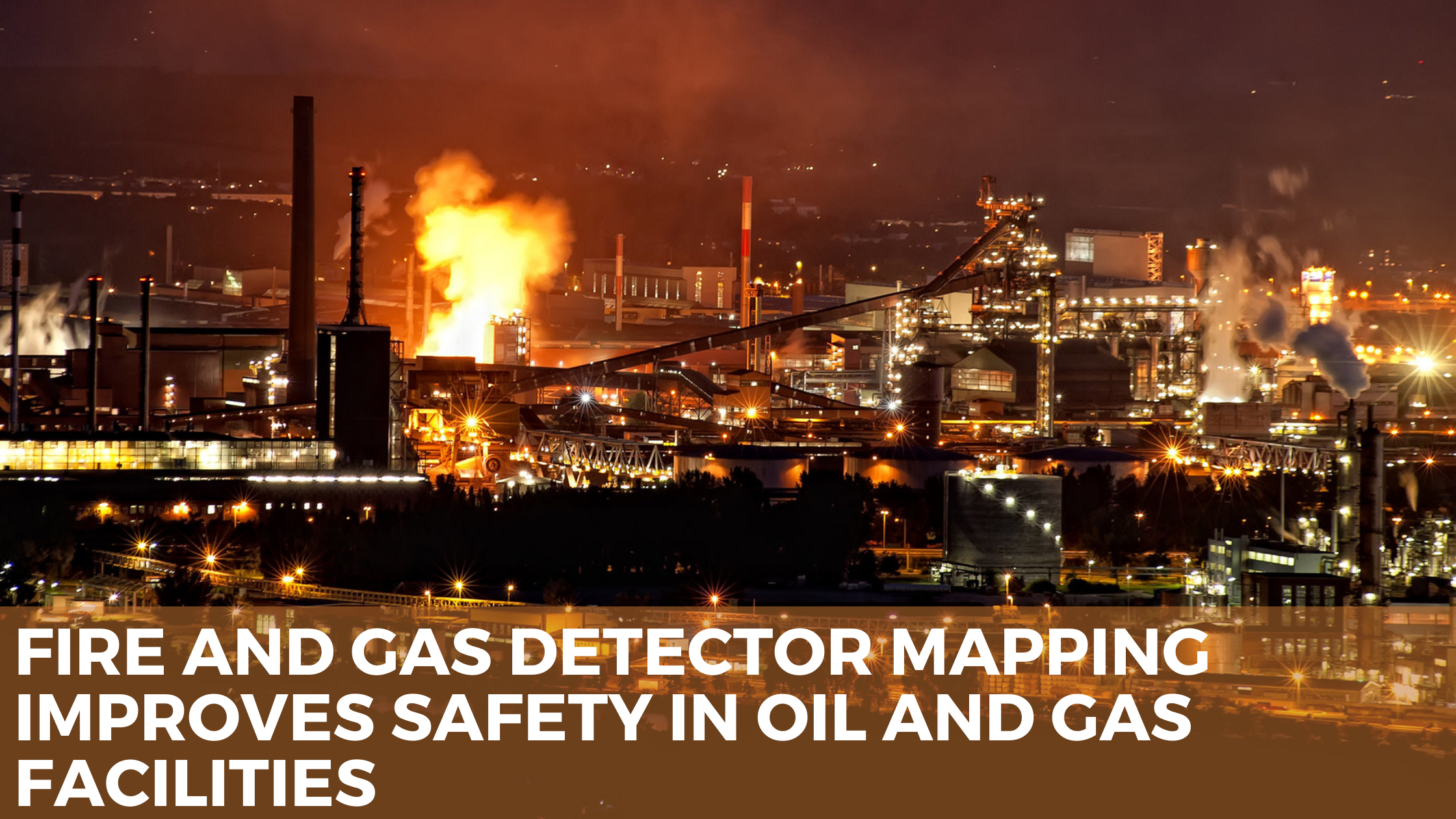
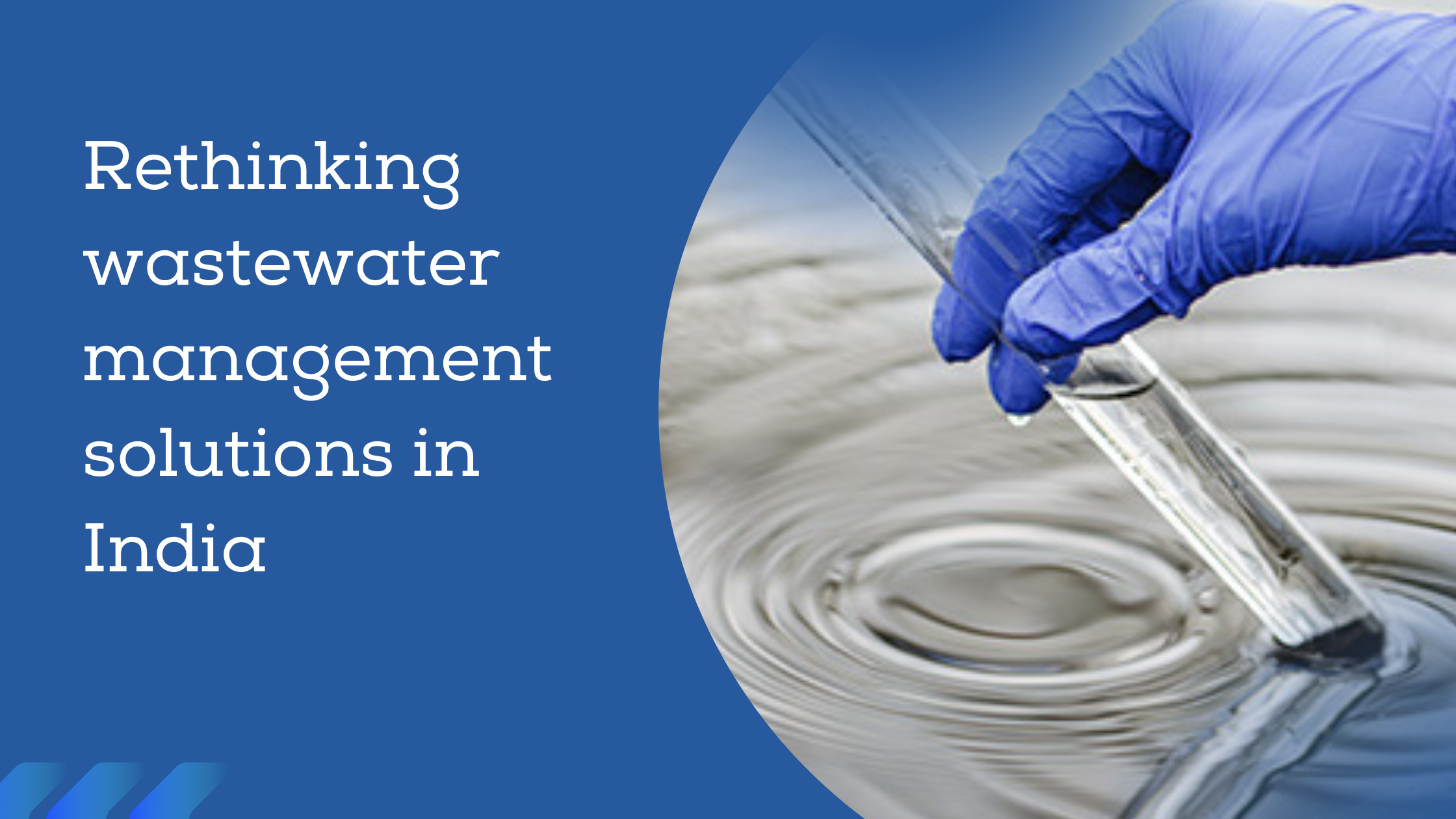
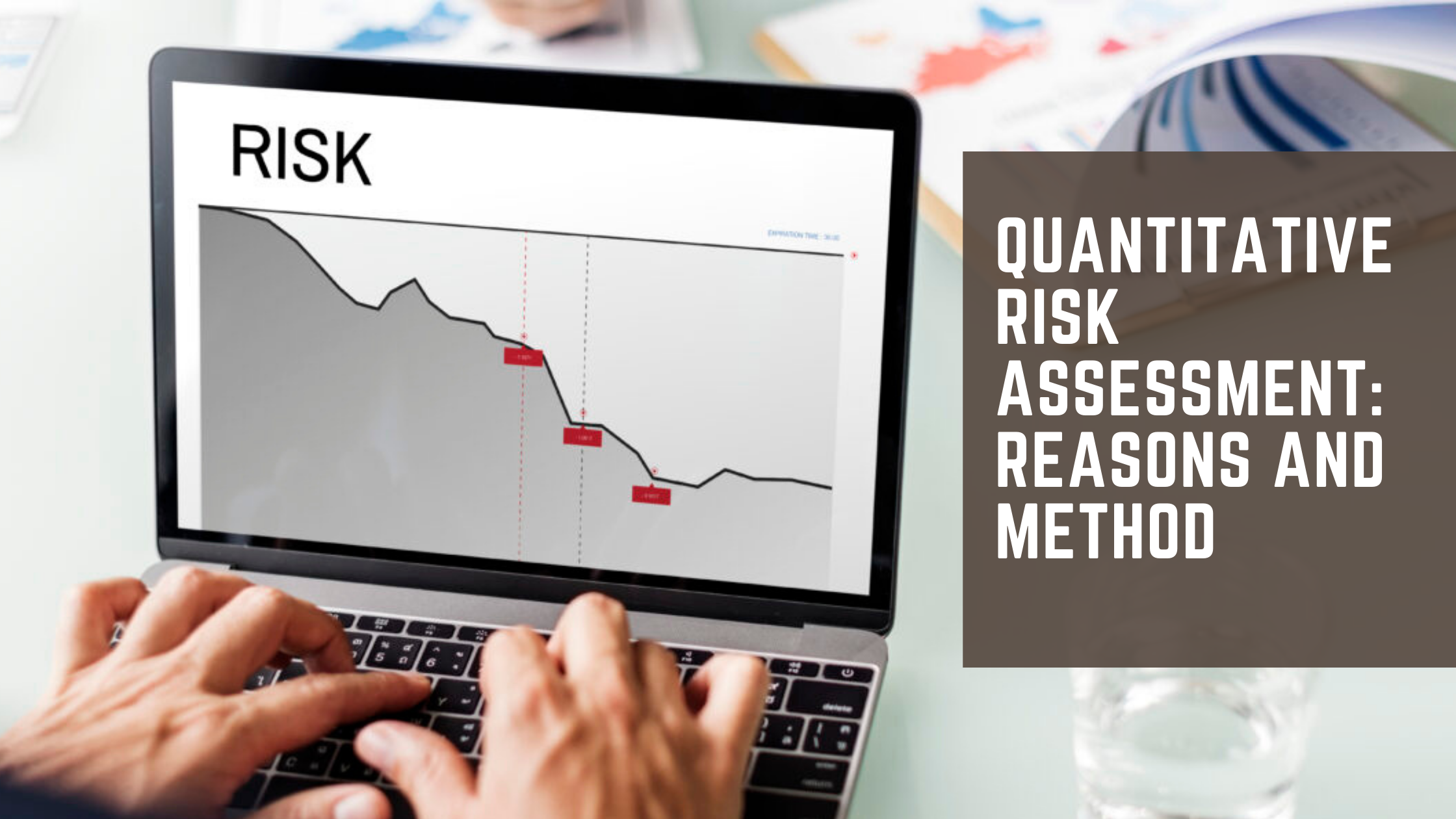
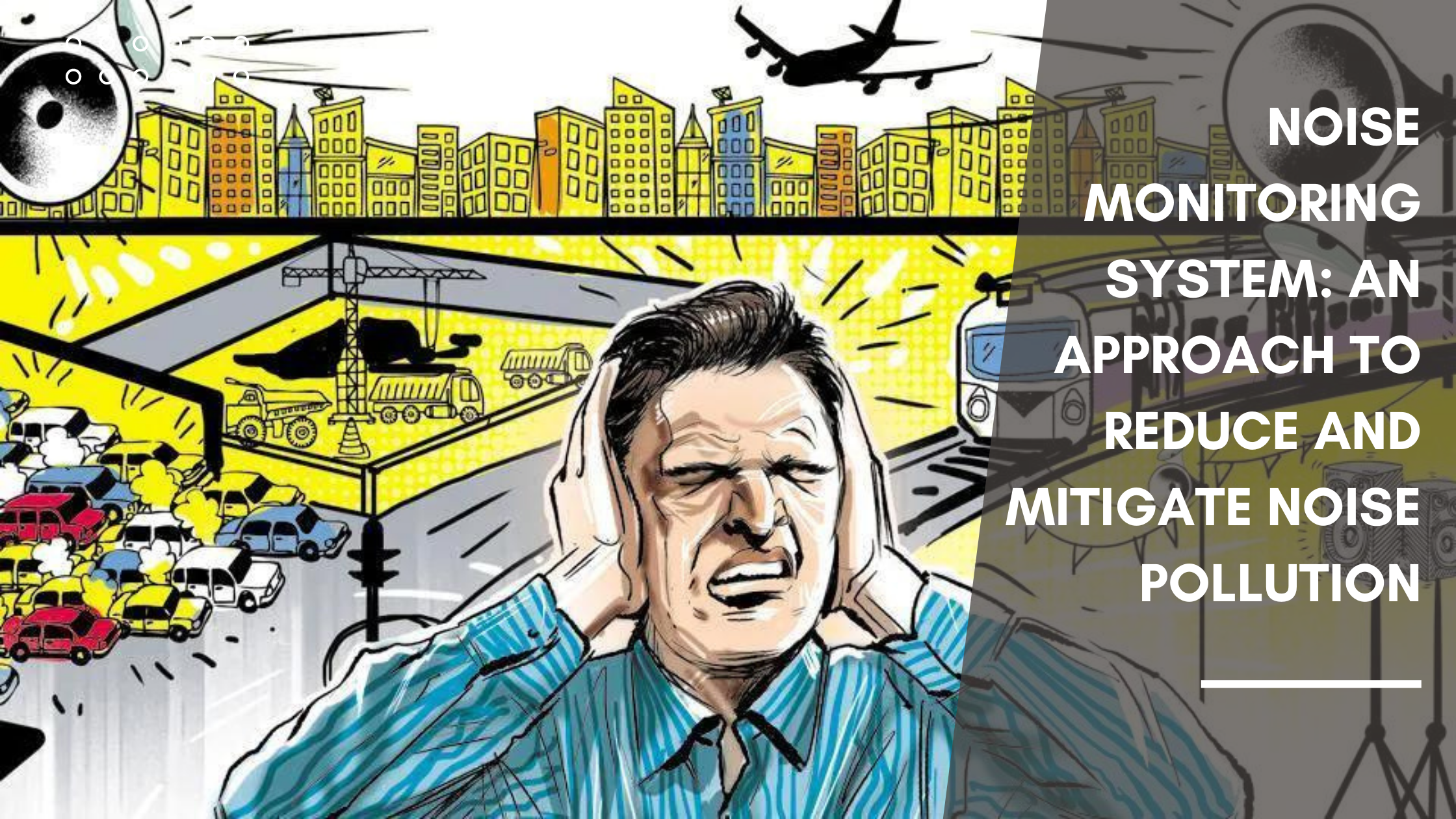
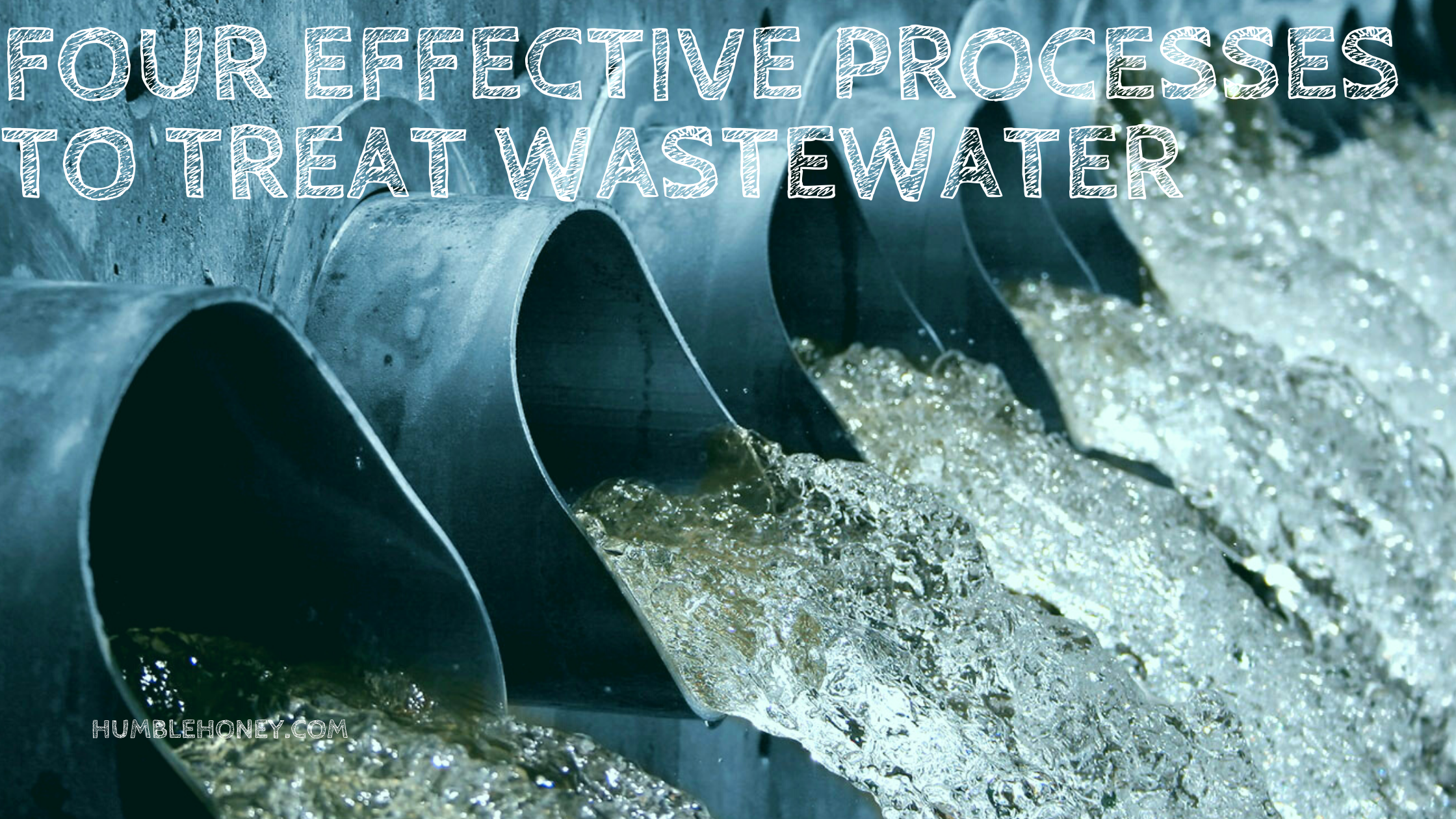
.png)